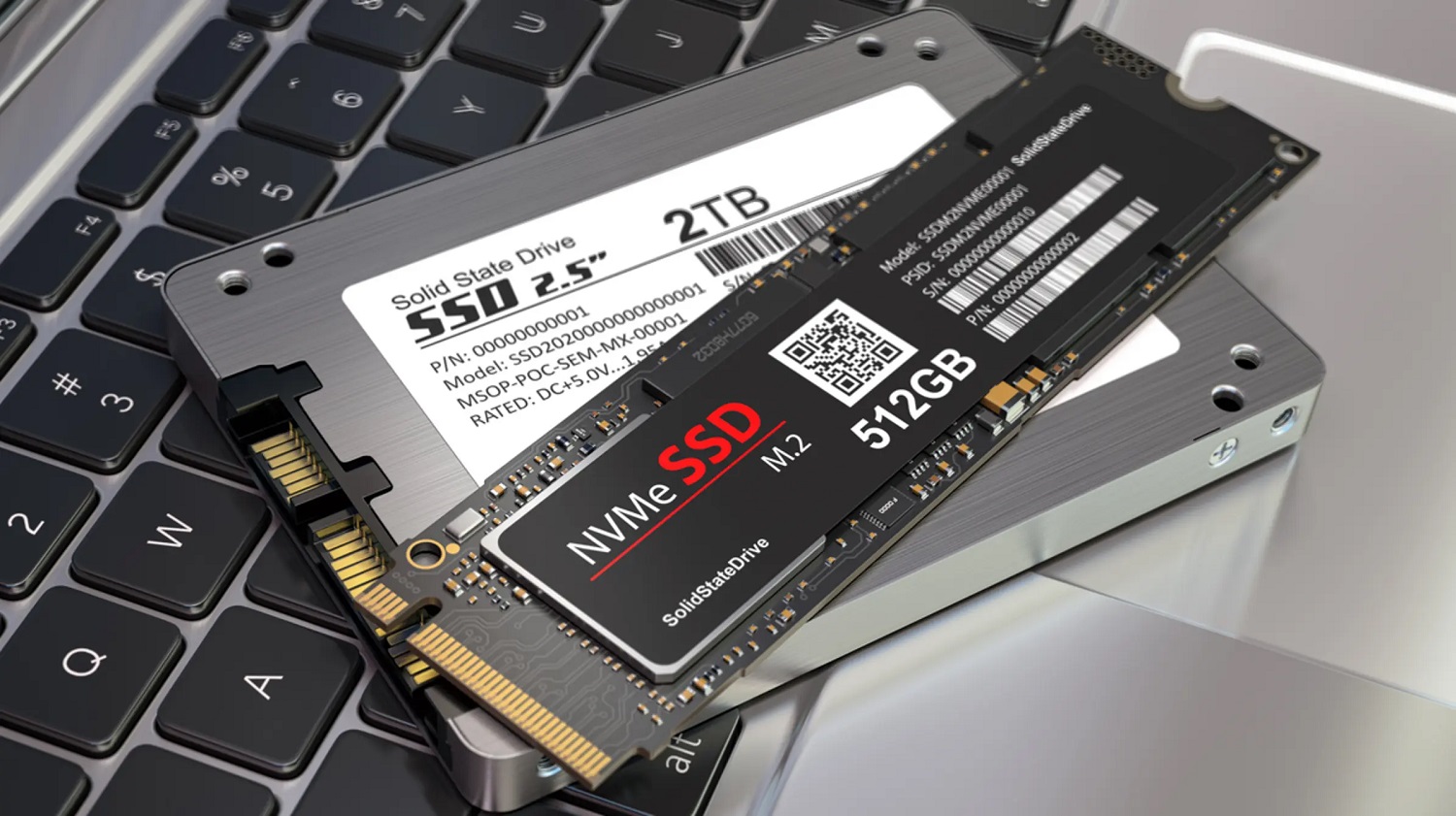

Articles
How Much Ssd Storage Do I Need
Modified: October 20, 2024
Looking to determine the ideal amount of SSD storage for your data storage needs? Discover how much SSD storage you need with our helpful guide.
(Many of the links in this article redirect to a specific reviewed product. Your purchase of these products through affiliate links helps to generate commission for Storables.com, at no extra cost. Learn more)
Introduction
When it comes to choosing the right amount of SSD storage, many factors come into play. Whether you’re upgrading your current storage or building a new system, understanding your storage needs is crucial. SSDs, or Solid State Drives, offer faster speeds and improved performance compared to traditional hard drives. However, since SSDs can be more expensive, it’s essential to determine the optimal amount of storage that suits your requirements and budget.
In this article, we will explore the various factors to consider when determining how much SSD storage you need. We’ll also provide recommendations for different types of users and discuss the balance between cost and storage capacity. Additionally, we’ll delve into the advantages of SSD storage over traditional hard drives and highlight future trends in SSD technology.
By the end of this article, you’ll have a better understanding of how to assess your SSD storage needs and make an informed decision for your personal or professional computing needs.
Key Takeaways:
- Assess your usage patterns, prioritize your storage needs, and strike a balance between capacity and cost when determining the right amount of SSD storage for your specific requirements and budget.
- Stay informed about emerging SSD technologies, such as increasing storage capacities and innovations like 3D NAND and NVMe, to ensure you benefit from improved performance, efficiency, and reliability in the future.
Read more: Why Do You Need An SSD For Laptop?
Factors to Consider when Determining SSD Storage Needs
When determining how much SSD storage you need, there are several important factors to take into account. Understanding these factors will help you make an informed decision and ensure that you have enough storage space to meet your needs.
Usage Patterns and Data Type
The first factor to consider is your usage patterns and the type of data you’ll be storing. If you primarily use your computer for basic tasks such as web browsing, email, and document editing, you may not require a large amount of storage. However, if you deal with large files, such as video editing projects, graphic design files, or database management, you’ll likely need more SSD storage space.
Consider how frequently you access and modify your data. If you work with large files regularly or require quick access to data, a larger SSD storage capacity will be crucial to ensure smooth performance.
Operating System and Software Requirements
Another factor to consider is the storage requirements of your operating system and software applications. Different operating systems require varying amounts of storage space for installation and updates. Additionally, newer versions of software applications often have increased storage demands.
Research the recommended storage requirements for your operating system and the software you commonly use. Add these numbers together to get an estimate of the minimum SSD storage capacity you’ll need to support your operating system and software.
Gaming and Multimedia Storage Needs
For gamers or individuals working with large multimedia files, such as high-resolution videos or extensive photo libraries, storage needs can quickly accumulate. Games and media files require a significant amount of space, especially as graphic quality and file sizes continue to grow.
If gaming or multimedia tasks are a priority for you, consider the size of the games you play or the size of your media collection. This will give you an idea of how much SSD storage space you’ll need to store your favorite games, high-quality videos, and large media files.
By considering your usage patterns, operating system requirements, and gaming or multimedia storage needs, you’ll have a solid foundation for determining the ideal amount of SSD storage for your specific situation. In the next section, we’ll provide recommended SSD storage sizes for different types of users.
Read more: How Big Of A Garden Do I Need
Recommended SSD Storage Sizes for Different Users
Now that you have an understanding of the factors to consider when determining your SSD storage needs, let’s take a look at some recommended storage sizes for different user types. Keep in mind that these recommendations are general guidelines and can be adjusted based on individual usage patterns and specific requirements.
Casual Users
For casual users who primarily use their computers for everyday tasks like web browsing, email, and document editing, a smaller SSD storage capacity can suffice. A 240GB to 500GB SSD should be enough to store the operating system, essential software applications, and personal files.
This range offers enough space for regular use without incurring significant cost. It provides snappy performance and quick boot times while still allowing room for personal files like photos, documents, and music.
Power Users
Power users who frequently work with large files or run resource-intensive applications may require more storage space. A recommended SSD storage size for power users would be around 1TB. This will provide ample space for the operating system, a wide range of software applications, and a substantial amount of personal data.
With this capacity, power users can comfortably store large multimedia files, virtual machines, and other resource-hungry applications. It offers enhanced performance and ensures smooth multitasking, especially if you frequently work with multiple applications simultaneously.
Gamers
For gamers, SSD storage requirements can vary depending on the number and size of games in your library. Many modern games are large in size, sometimes exceeding 50GB per game. To accommodate a collection of games and ensure optimal performance, a recommended SSD storage size for gamers would be in the range of 1TB to 2TB.
This capacity allows gamers to install their favorite games without worrying about storage limitations. It provides fast loading times, reducing game load screens and improving overall gaming experience. Additionally, it allows for future game installations and expansion of your gaming library.
Read more: How Many Boxes Of Diapers Do I Need
Content Creators
Content creators, such as video editors, graphic designers, and photographers, require substantial storage space for their work files. A recommended SSD storage size for content creators would be in the range of 2TB to 4TB.
This capacity provides ample space for storing large video files, high-resolution images, project files, and software applications. It ensures smooth performance while editing and rendering high-quality content. It also offers the flexibility to keep a significant archive of past work without the need for frequent external storage backups.
Remember, these recommended SSD storage sizes are just starting points and can be adjusted based on individual needs and budgets. It’s always better to have extra storage space to accommodate future growth and avoid running out of storage unexpectedly.
Balancing Cost and Storage Capacity
When determining the right amount of SSD storage, it’s important to find a balance between storage capacity and cost. While having ample storage space is desirable, it’s also necessary to consider your budget constraints and prioritize your storage needs accordingly.
Evaluating Budget Constraints
SSDs tend to be more expensive than traditional hard drives, especially as storage capacity increases. Therefore, it’s essential to evaluate your budget constraints and determine how much you’re willing to spend on storage.
Consider your overall budget for your computer build or upgrade and allocate a portion of it towards SSD storage. Decide on a price range that you’re comfortable with and strive to find the best SSD storage capacity within that budget.
Keep in mind that SSD prices can fluctuate over time, so it’s essential to research current market prices and consider purchasing during sales or promotions to get the best value for your money.
Prioritizing Storage Needs
When balancing cost and storage capacity, it’s important to prioritize your storage needs. Determine which files and applications are critical to store on the SSD for improved performance and prioritize them accordingly.
For example, the operating system and frequently used software applications should be given priority as storing them on the SSD will lead to faster boot times and quicker application launch. Additionally, files that require frequent access or those involved in resource-intensive tasks should also be prioritized.
Less frequently accessed or larger files, such as media and archive files, can be stored on secondary storage options like external hard drives or network-attached storage (NAS) devices. This allows you to save costs by allocating a smaller SSD capacity for the most essential and performance-sensitive files.
It’s important to strike a balance between the storage capacity that meets your daily needs and the budget you have available. Remember that SSDs can be easily upgraded or expanded in the future, so if necessary, you can start with a smaller SSD capacity and plan for possible upgrades down the line.
By evaluating your budget constraints and prioritizing your storage needs, you can find the right balance that aligns with your financial considerations while ensuring that you have sufficient SSD storage capacity to meet your requirements.
Read more: How Much Fabric Do I Need For A Blanket
SSD vs. Traditional Hard Drive Storage
When considering storage options, it’s important to understand the advantages and limitations of SSD (Solid State Drive) storage compared to traditional hard drive storage. Both have their strengths and weaknesses, and knowing these differences can help you make an informed decision.
Advantages of SSD Storage
One of the main advantages of SSD storage is its speed. SSDs use flash memory, allowing for significantly faster read and write speeds compared to traditional hard drives. This translates into faster boot times, quicker application launches, and improved overall system responsiveness.
In addition to speed, SSDs also offer better durability. Traditional hard drives use moving parts, such as spinning disks and mechanical arms, which make them more susceptible to physical damage and failure. SSDs, on the other hand, have no moving parts and are more resistant to shock, vibration, and temperature changes, making them more reliable and long-lasting.
Another advantage of SSD storage is its compact size. Due to the absence of mechanical parts, SSDs can be much smaller and lighter than traditional hard drives. This makes them ideal for laptops, ultrabooks, and other portable devices where space and weight are crucial factors.
Furthermore, SSDs produce less noise and generate less heat compared to traditional hard drives. This results in quieter operation and lower power consumption, which can lead to longer battery life for laptops and reduced energy costs for desktop systems.
Limitations of SSD Storage
While SSD storage offers numerous advantages, it also has some limitations to consider. The most prominent limitation is cost. SSDs are generally more expensive per gigabyte than traditional hard drives. As a result, it might be less cost-effective to choose a large SSD capacity for extensive storage needs.
SSD storage also has a limited lifespan in terms of write cycles. Each cell in an SSD can only handle a certain number of write operations before it might fail. However, modern SSDs have improved significantly in this regard, and with normal usage, the lifespan is unlikely to be a concern for most users.
Another limitation is the finite capacity range of SSDs. While hard drives are available in larger capacities, SSDs typically max out at a certain point. However, as SSD technology continues to advance, larger capacity options are becoming more readily available.
Finally, when it comes to data recovery, traditional hard drives offer better chances of recovering data in case of failure. The data recovery process is generally more complicated and expensive for SSDs due to their architecture, making it important to have regular backups in place.
In summary, SSD storage offers faster speeds, improved durability, smaller form factors, and increased energy efficiency compared to traditional hard drives. However, they can be more expensive, have a limited lifespan, and generally offer smaller capacity ranges. Understanding these advantages and limitations will help you make an informed decision based on your specific needs and budget.
Future Trends in SSD Storage
As technology continues to evolve at a rapid pace, the future of SSD (Solid State Drive) storage holds promising advancements. Here are some trends that we can expect to see in the coming years:
Read more: How Much Lap Siding Do I Need
Increasing Storage Capacities
One of the most significant trends in SSD storage is the continuous increase in storage capacities. As technology advances, manufacturers are finding ways to pack more data into smaller form factors. This allows for larger SSD capacities without sacrificing performance or reliability.
Currently, SSDs are available in a wide range of capacities, from a few hundred gigabytes to multiple terabytes. However, as technology progresses, we can anticipate even larger capacity options becoming more readily available. This will be particularly beneficial for users in need of extensive storage space for high-resolution media files, complex software applications, and extensive data storage needs.
Emerging Technologies and Innovations
In addition to increasing storage capacities, emerging technologies and innovations are expected to shape the future of SSD storage. These advancements aim to further enhance performance, reliability, and efficiency.
One such innovation is the adoption of 3D NAND technology. 3D NAND allows for stacking memory cells vertically, enabling higher storage densities and increased performance. With 3D NAND, SSDs can offer larger capacities without sacrificing speed or durability.
Another emerging technology is Non-Volatile Memory Express (NVMe). NVMe is a communication protocol designed specifically for SSDs. It delivers faster data transfer rates and reduced latency compared to traditional storage interfaces like SATA. NVMe SSDs are becoming more prevalent, offering even faster speeds and better responsiveness for data-intensive tasks.
Furthermore, there are ongoing research and development efforts to improve SSD endurance and longevity. Technologies such as advanced error correction and wear-leveling algorithms aim to enhance the lifespan of SSDs by reducing data corruption and evenly distributing write operations across memory cells.
Additionally, we can expect improvements in power efficiency, as manufacturers continue to optimize SSD designs to consume less energy and operate at lower temperatures. These advancements not only contribute to longer battery life for mobile devices but also reduce environmental impacts and lower energy costs for desktop systems.
In summary, the future of SSD storage is bright, with increasing storage capacities and emerging technologies driving innovation. As capacities continue to rise and technologies like 3D NAND and NVMe become more prevalent, SSDs will offer even faster speeds, improved durability, and greater efficiency. It’s an exciting time for SSD technology, and users can look forward to even better performance and functionality in the years to come.
Conclusion
Determining the right amount of SSD storage is a crucial decision that depends on various factors. Understanding your usage patterns, operating system requirements, and specific storage needs will help you find the optimal balance of cost and storage capacity.
For casual users, a smaller SSD capacity of 240GB to 500GB will usually suffice, providing fast performance for everyday tasks without breaking the budget. Power users, on the other hand, may require around 1TB of SSD storage to accommodate resource-intensive applications and large files.
Gamers and content creators typically have higher storage needs due to large game libraries or extensive multimedia files. Recommended SSD storage sizes for gamers range from 1TB to 2TB, while content creators would benefit from SSD capacities of 2TB to 4TB.
It’s important to strike a balance between storage capacity and cost by evaluating your budget constraints and prioritizing your storage needs. Consider allocating a smaller SSD capacity for essential files that require improved performance and store less frequently accessed or larger files on secondary storage options like external hard drives.
SSD storage offers advantages such as faster speeds, improved durability, and compact size. However, it’s important to understand the limitations, including the cost per gigabyte, limited write cycles, and finite capacity ranges.
Looking towards the future, we can expect to see increasing storage capacities in SSDs, allowing for even larger storage options. Emerging technologies like 3D NAND and NVMe will enhance performance and efficiency, further improving the SSD experience. Ongoing efforts to improve endurance and power efficiency will also contribute to the advancements in SSD technology.
In conclusion, understanding your storage needs, prioritizing your budget, and keeping a pulse on emerging trends will help you make an informed decision when determining your SSD storage needs. With the right amount of SSD storage, you can enjoy faster speeds, improved performance, and the ability to store your data efficiently and securely.
Frequently Asked Questions about How Much Ssd Storage Do I Need
Was this page helpful?
At Storables.com, we guarantee accurate and reliable information. Our content, validated by Expert Board Contributors, is crafted following stringent Editorial Policies. We're committed to providing you with well-researched, expert-backed insights for all your informational needs.






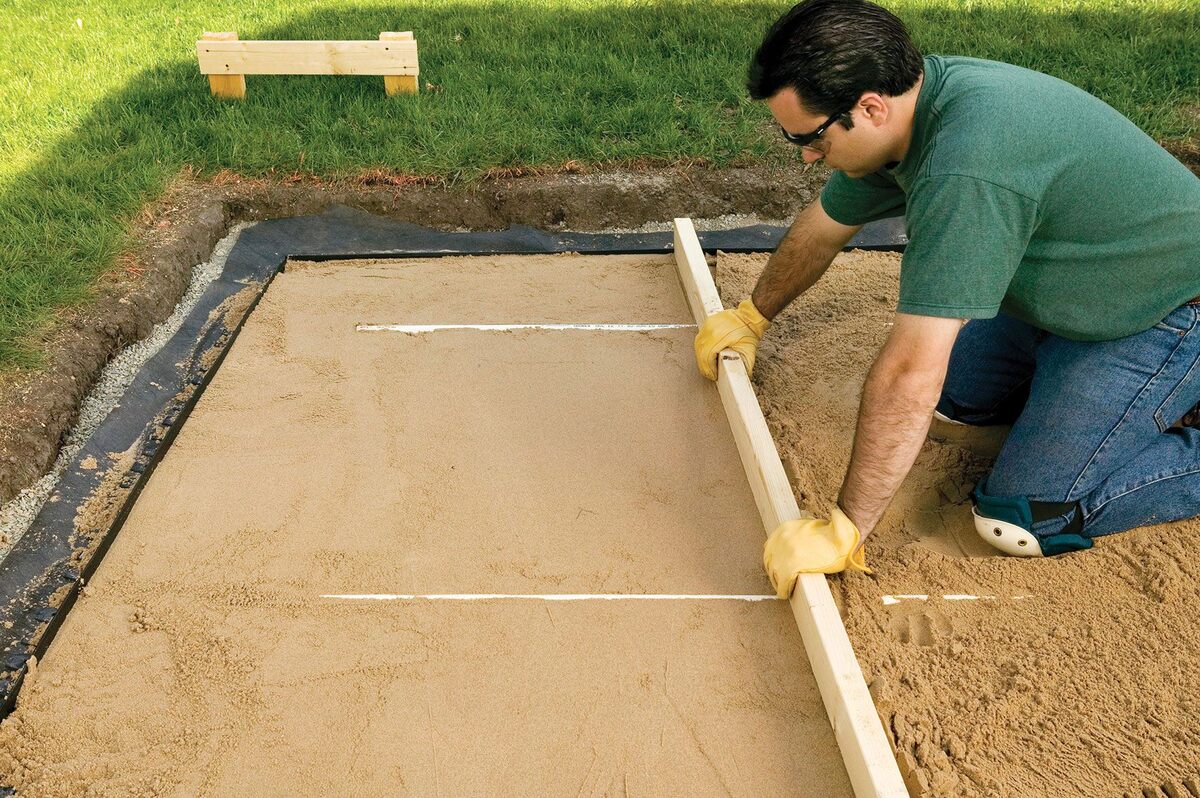
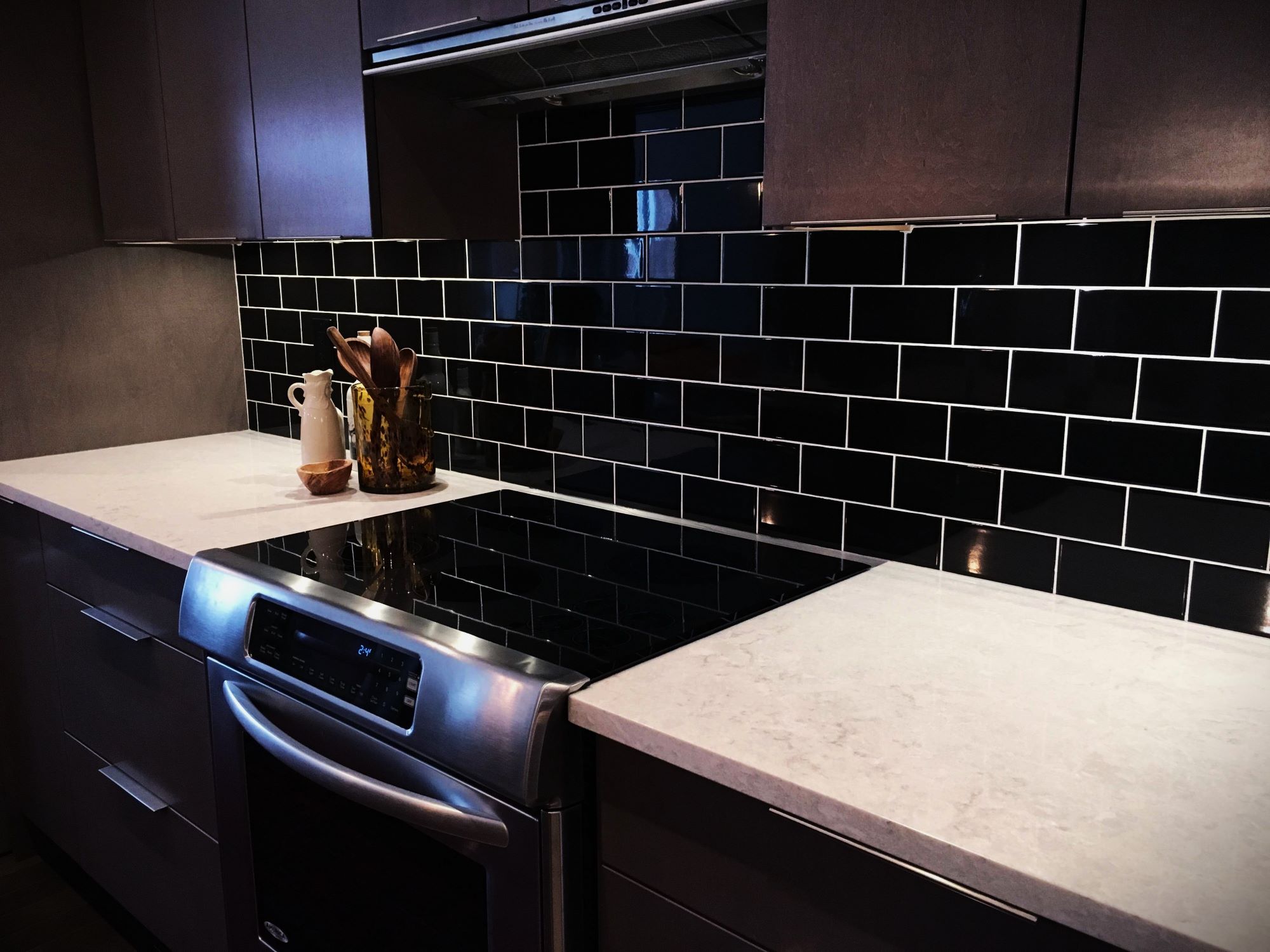
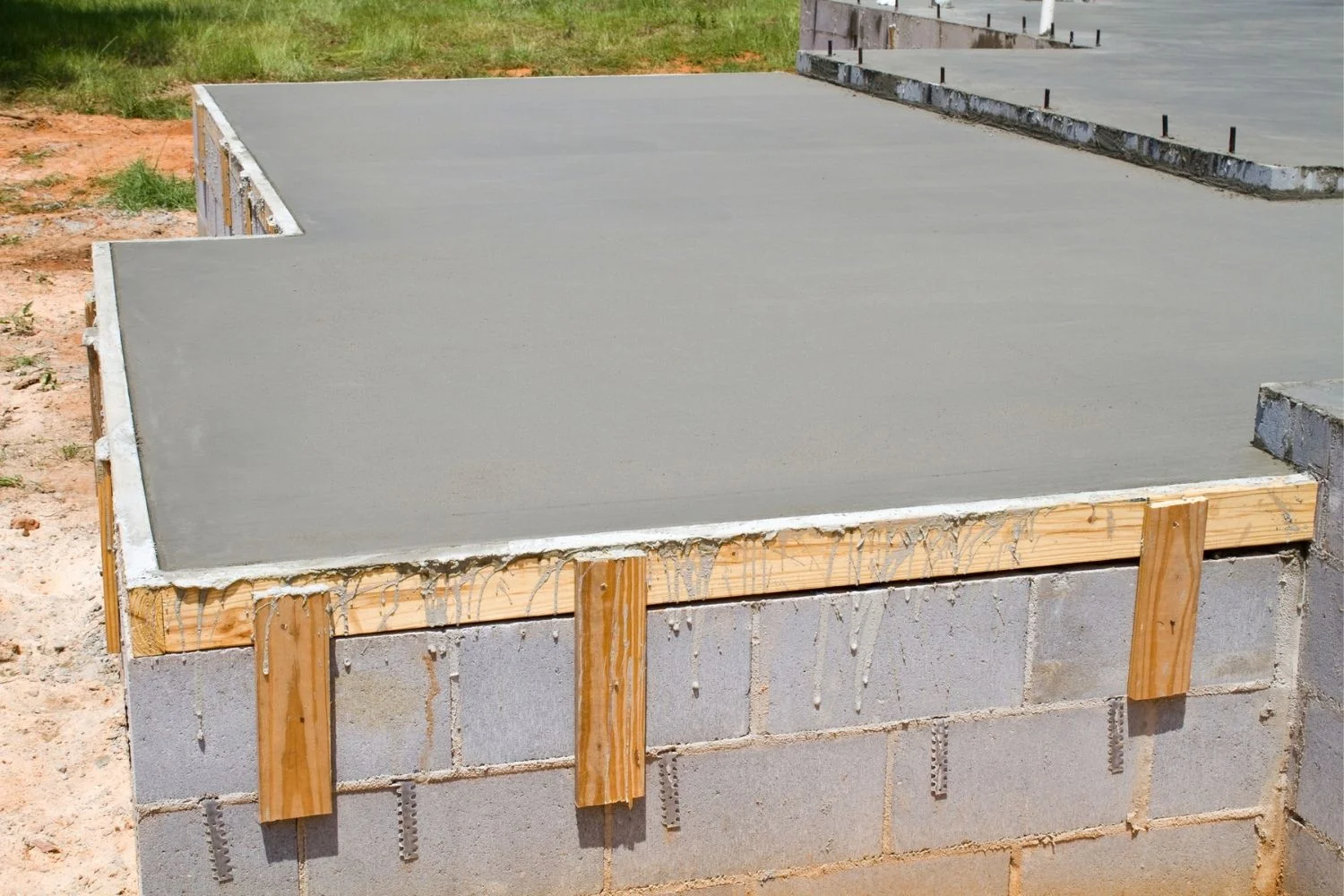
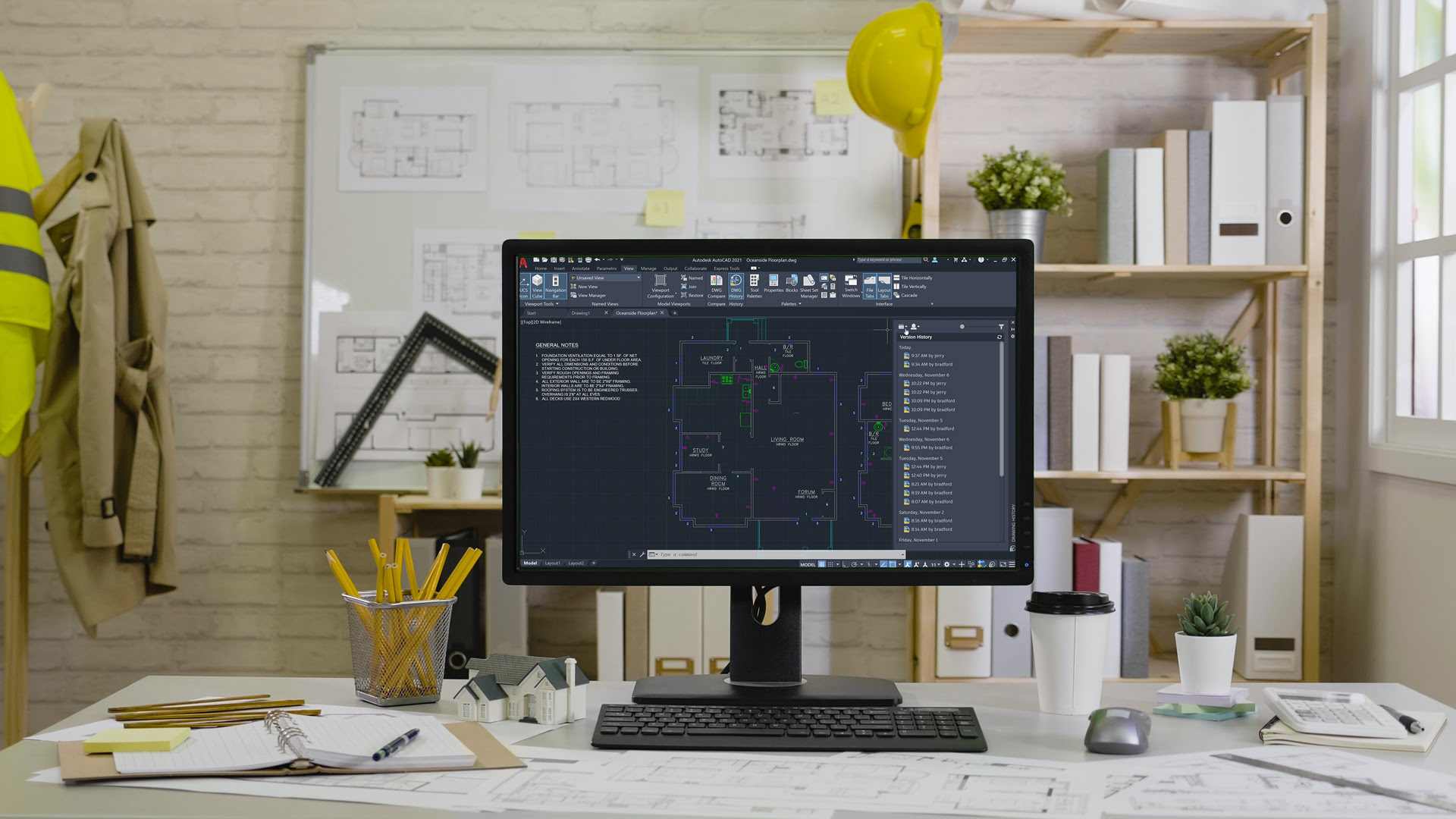


0 thoughts on “How Much Ssd Storage Do I Need”